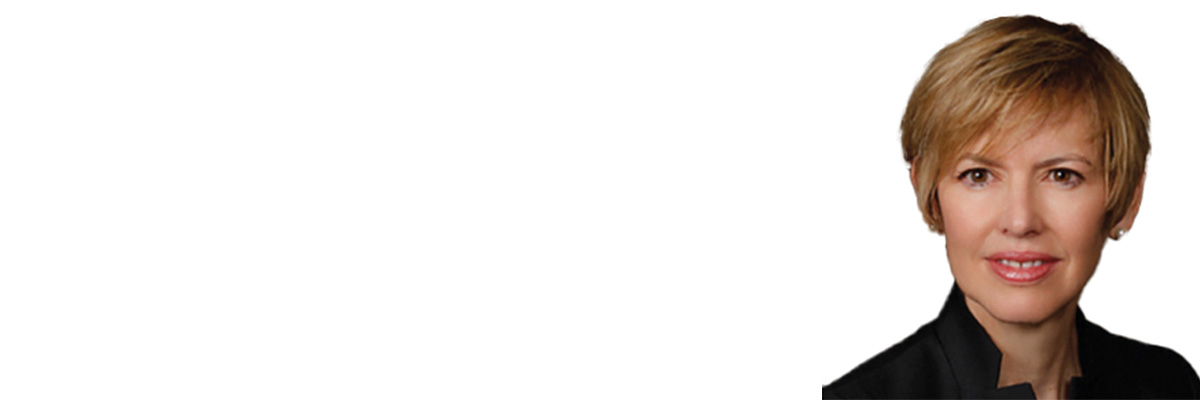
Written By:
 Dr. Norah Terrault
Dr. Norah Terrault
 Dr. Norah Terrault
Dr. Norah Terrault
Published On: 07 Aug, 2023 11:38 AM | Updated On: 07 Aug, 2023 3:05 PM
Hepatitis B Reactivation: The Challenges of a New Class of Immunosuppressants and Immunomodulators
Hepatitis B reactivation is a potentially serious complication that can occur when patients with a history of HBV infection undergo immunosuppressive or immunomodulatory treatments. This issue has gained attention with the emergence of a new class of immunosuppressants and immunomodulators, such as anti-TNF agents, T-celldepleting drugs, cytokine inhibitors, etc. Although, when it comes to management and treatment, there is variability in defining reactivation and flares, the concurrent and sequential use of drugs also makes it difficult to point out a specific culprit for the worsening scenario. Hence, here are some tips for prophylactic treatment of hepatitis B reactivation:
- In a patient with HBsAg+ - NA prophylaxis is the best approach as most new drugs present a high risk of HBV reactivation.
- In patients with HBsAg-/anti-HB, monitoring with on-demand use of NA can be used for most drug classes.
- For patients receiving immune modulators (IM) or chemotherapy, antiviral therapy should start at the same time or 1 week before the IM drug. Entecavir, TAF or TDF is preferred due to the high resistance to the barrier. For patients on long-term immunosuppressive therapy, HBV prophylaxis should be continued indefinitely.
- Antiviral therapy should be continued for 6 months after the last dose of the IM drug. Lastly, remember screening for HBsAg/anti-HBc is the key to managing the risk of HBV reactivation.

Dr. Norah Terrault
Dr. Norah Terrault is an Director of Viral Hepatitis Research in Liver Transplantation. She has completed B.MSc. University of Alberta,1987 M.D. University of Alberta,1997 M.P.H. University of California, Berkeley.













Please login to comment on this article